British anti-aircraft missile systems. Part 1
Work on the first British anti-aircraft missiles began during the Second World War. As British economists considered, the cost of the spent anti-aircraft artillery shells was almost equal to the cost of the downed bomber. It was very tempting to create a one-time remotely piloted interceptor that would be guaranteed to destroy an enemy high-altitude reconnaissance aircraft or bomber.
The first works in this direction began in 1943 year. The project, called Breakikemin (Eng. Brakemine) provided for the creation of the most simple and cheap guided anti-aircraft missile.
A bunch of eight solid-fuel engines from 76-mm unguided anti-aircraft missiles were used as the propulsion system. The launch was supposed to be made from the platform 94-mm anti-aircraft guns. Guidance of the missile was carried out in the beam of the radar. The estimated height of the lesion was to reach 10000 m.
At the end of 1944, test launches began, however, due to numerous problems, work on fine-tuning the missiles was delayed. After the end of the war due to the loss of interest of the military to this topic, the financing of work was discontinued.
In 1944, the company Fairey began work on the creation of a radio-controlled solid-fuel anti-aircraft missile "Studio" (eng. Stooge - simulator). A bunch of the same engines from 76-mm anti-aircraft missiles were used as starting accelerators. Four engines of 5-inch Swallow unguided rockets served as marching engines.
The work was financed by the naval department, which needed an effective means to protect warships from attacks by Japanese kamikazes.
On tests that began in 1945, the rocket reached 840 km / h. It was manufactured and tested 12 missiles. However, in 1947, all work on this topic was discontinued due to the apparent lack of prospects.
About anti-aircraft missiles in the island kingdom was remembered after the appearance of nuclear in the USSR weapons. Soviet long-range Tu-4 bombers, operating from airfields in the European part of the country, could reach any object in the UK. And although Soviet aircraft would have to fly over the territory of Western Europe, saturated with American air defense, however, such a scenario could not be completely ruled out.
At the beginning of 50, the British government allocated significant funds to modernize the existing and develop new air defense systems. According to these plans, a competition was announced for the creation of a long-range air defense system, which could fight with Soviet promising bomber.
The competition was attended by English Electric and Bristol. The projects presented by both firms were very similar in their characteristics. As a result, the British leadership in the event of failure of one of the options decided to develop both.
The rockets created by English Electric - “Thunderbird” (English “Petrel”) and Bristol - “Bloodhound” (English “Hound”) were even outwardly very similar. Both rockets had a narrow cylindrical body with a conical fairing and a developed tail unit. Four starting solid-fuel accelerators were installed on the side surfaces of the missiles. For the guidance of missiles of both types was supposed to use radar radar "Ferranti" type 83.
Initially it was assumed that the Thunderbird SAM would use a two-component liquid jet engine. However, the military insisted on using a solid fuel engine. This somewhat delayed the process of adopting an anti-aircraft complex and limited its capabilities in the future.
At the same time, solid-fuel missiles were much simpler, safer, and cheaper to maintain. They did not require bulky infrastructure for refueling, delivery and storage of liquid fuel.
The tests of the Thunderbird missile, which began in the middle of the 50's, unlike its competitor, the Bladehound SAM, went quite smoothly. As a result, "Thunderbird" was ready for adoption much earlier. In this regard, the ground forces decided to abandon the support of the Bristol project, and the future of the Bloodhound anti-aircraft missile was in doubt. The Hounds were rescued by the Royal Air Force. Representatives of the Air Force, despite the lack of knowledge and numerous technical problems, saw a great potential in the rocket with direct-flow liquid-propellant engines.
Thunderbird entered service in the 1958 year, ahead of the Bloodhound. This complex replaced the 94-mm anti-aircraft guns in the 36-m and 37-m heavy anti-aircraft air defense regiments of the ground forces. Each regiment had three anti-aircraft batteries from the Thunderbird air defense system. The composition of the battery included: radar targeting and guidance, control station, diesel - generators and 4-8 PU.
For its time, solid-propellant missiles "Thunderbird" had quite good characteristics. The rocket with a length of 6350 mm and a diameter of 527 mm in the version of the 1 MK had an aiming launch range of 40 km and a reach of 20 km in height. Similar characteristics of range and altitude had the first Soviet mass air defense system C-75, but it used a rocket, whose propulsion engine worked on liquid fuel and oxidizer.
Unlike the Soviet and American anti-aircraft missiles of the first generation, which used the radio command guidance system, the British from the very beginning for the SAM "Thunderbird" and "Bloodhound" planned semi-active homing head. The radar of target illumination was used to capture, track and target the missiles at the target; as a searchlight, it illuminated the target for the GOS anti-aircraft missile, which was aimed at the signal reflected from the target. This method of guidance had greater accuracy compared to the radio command and was not so dependent on the skill of the operator of guidance. After all, to defeat it was enough to keep the radar beam on the target. In the USSR, the air defense system with such guidance system C-200 and Kvadrat appeared only in the second half of 60-x.
Formed anti-aircraft batteries initially served the protection of important industrial and military facilities in the British Isles. After fine-tuning to a working condition and adopting the Bladhound air defense system, which was assigned the task of defending Britain, all the air defense missile regiments of ground forces from the Thunderbird air defense system were transferred to the Rhine Army in the Federal Republic of Germany.
In the 50s and 60s, combat reactive aviation developed at a very fast pace. In this regard, in 1965, the Thunderbird air defense system was modernized in order to improve combat performance. The pulse tracking and guidance radar was replaced by a more powerful and noise-resistant station operating in the continuous-radiation mode. Due to the increase in the level of the signal reflected from the target, it became possible to shoot at targets flying at a height of up to 50 meters. The rocket itself was also improved. The introduction of a new more powerful marching engine and starting boosters in the Thunderbird Mk variant. II allowed to increase the firing range up to 60 km.
But the capabilities of the complex to combat actively maneuvering targets were limited, and it presented a real danger only for bulky long-range bombers. Despite the use of highly advanced solid-fuel missiles with a semi-active seeker as part of this British air defense system, it was not widely used outside the UK.
In 1967, Saudi Arabia purchased several decommissioning systems in the UK from the Thunderbird Mk. I. Libya, Zambia and Finland have shown interest in this complex. A few missiles with launchers were sent to the Finns for testing, but the matter did not progress further.
In the 70-ies "Thunderbird" as new low-altitude systems began to gradually withdraw from service. The army command has come to understand that the main threat to the ground units are not heavy bombers, but helicopters and attack aircraft with which this rather cumbersome and poorly mobile complex could not effectively fight. The last Thunderbird air defense system was decommissioned by the British army air defense units in 1977.
The fate of the rival, the air defense system "Bloodhound" from the company Bristol, despite the initial difficulties with fine-tuning the complex, was more successful.
Compared to the Thunderbird, the Bloodhound rocket was larger. Its length was 7700 mm, and the diameter 546 mm, the weight of the rocket exceeded 2050 kg. The launch range of the first version was a little more than 35 km, which is comparable to the range of the much more compact low-altitude American solid-fuel SAMs MIM-23B HAWK.
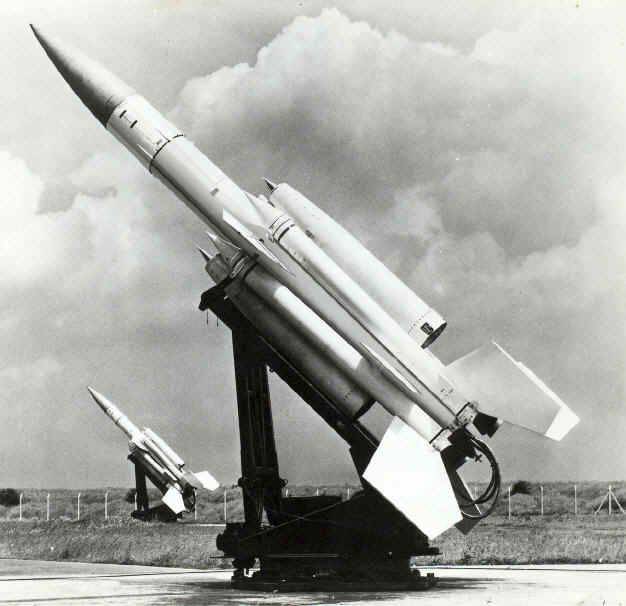
SAM "Bloodhound" had a very unusual layout, as a sustainer propulsion system used two ramjet jet engines "Thor", which operated on liquid fuel. Marching engines were mounted in parallel on the upper and lower parts of the hull. To accelerate the rocket to a speed at which direct-flow engines could work, four solid-fuel accelerators were used. Accelerators and part of the tail were dropped after the missile accelerated and the start of the operation of the main engines. Direct-flow propulsion engines accelerated the rocket on the active section to speed - 2,2 M.
Although the same method and radar illumination were used to target the “Bloodhound” SAM as on the Thunderbird air defense system, the ground equipment of the Hound was much more complicated compared to the Burevestnik ground equipment.
One of the first British serial computers, Ferranti Argus, was used to develop the optimal trajectory and the moment of launching an anti-aircraft missile as part of the Bloodhound complex. The difference from the Thunderbird air defense system: the Bloodhound anti-aircraft battery provided two radars for target illumination, which made it possible to launch all missiles on the firing position on two enemy air targets with a small interval.
As already mentioned, the final development of the "Bloodhound" was going with great difficulty. This was mainly due to the unstable and unreliable operation of ramjet engines. Satisfactory performance of the main engines was achieved only after approximately 500 fire tests of the Thor engines and missile test launches, which were carried out at the Australian Woomera test site.
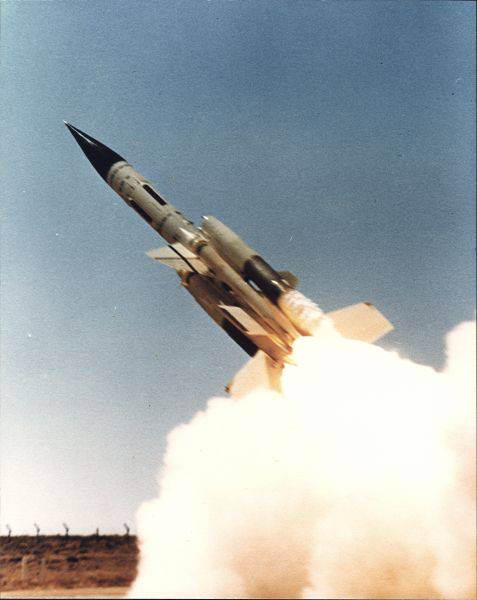
Despite some shortcomings, the Air Force representatives met the complex favorably. From 1959, the “Bloodhound” air defense system was on combat duty, covering the air bases where the British long-range Vulcan bombers were deployed.
Despite the higher cost and complexity, the merits of the “Bloodhound” were great fire performance. What was achieved by the presence in the fire battery of two radar guidance and a large number of combat-ready anti-aircraft missiles in position. Around each radar of the illumination there were eight launchers with missiles, while the control and guidance of the missiles at the target was carried out from a single centralized post.
Another significant advantage of the "Bloodhound" SAM compared with the "Thunderbird" was their best maneuverability. This was achieved due to the location of control surfaces near the center of gravity. An increase in the speed of the rocket's turn in the vertical plane was also obtained by changing the amount of fuel supplied to one of the engines.
Almost simultaneously with the Thunderbird Mk. II entered into service of anti-aircraft units of the Royal Air Force entered the Bloodhound Mk. Ii. This air defense system in many ways surpassed its originally more successful rival.
The upgraded “Bloodhound” anti-aircraft missile has become longer by 760 mm, its weight has increased by 250 kg. Due to the increase in the amount of kerosene on board and the use of more powerful engines, the speed increased to 2,7M, and the flight distance to 85 km, that is, almost 2,5 times. The complex received new powerful and anti-interference radar targeting Ferranti Type 86 "Firelight". Now you can track and fire targets at low altitudes.
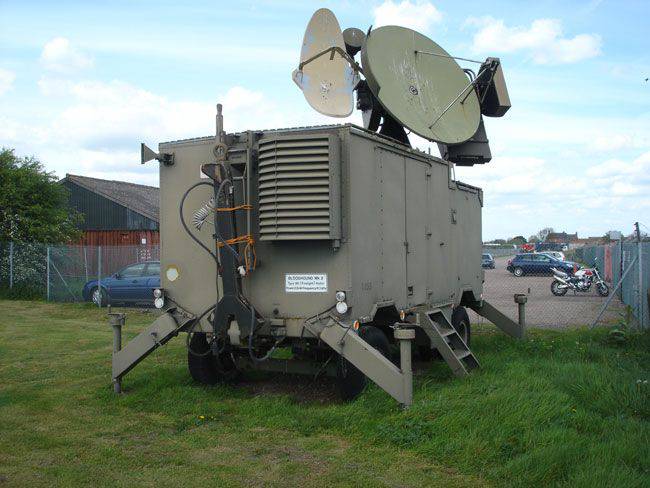
This radar had a separate communication channel with a rocket, through which a signal received by the homing head of an anti-aircraft missile was transmitted to the control post. This allowed for the effective selection of false targets and interference suppression.
Due to the radical modernization of the complex and anti-aircraft missiles, not only the flight speed of the missile defense system and the range of damage increased, the accuracy and probability of hitting the target also increased significantly.
Just like the Thunderbird air defense system, the Bloodhound batteries served in West Germany, but after 1975, they all returned to their homeland, as the British leadership once again decided to strengthen the islands' air defense.
In the USSR, at that time, Su-24 bombers began to be supplied to the bomber regiments of front aviation. According to the British command, having broken through at a low altitude, they could deliver sudden bombing strikes at strategically important objects.
For the “Bloodhound” air defense system in the UK, fortified positions were equipped, while the radar guidance was mounted on special 15-meter towers, which increased the possibilities for firing low-altitude targets.
Bloodhound enjoyed some success in the overseas market. The Australians were the first to receive them in 1961, it was a variant of the Bloodhound Mk I, which served on the Green Continent until 1969. The next were the Swedes, who bought nine batteries in 1965 year. After independence, Singapore remained in this country complexes 65 th squadron of the Royal Air Force.
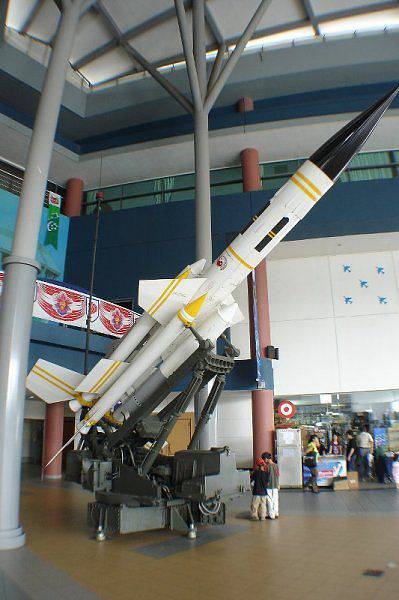
In the UK, the last Bloodhound air defense system was decommissioned in 1991. In Singapore, they were in service until the 1990 year. The longest “Bloodhounds” lasted in Sweden, having served for more than 40 years, until 1999.
Shortly after the adoption of the Royal Navy fleet Great Britain air defense missile systems of the near zone “Sea Kat” the command of the ground forces became interested in this complex.
According to the principle of operation and design of the main parts, the land variant, which received the name "Taygket" (the Tigercat is an English marsupial marten, or tiger cat), did not differ from the ship's "Sea Cat" air defense system. The developer and manufacturer of both land and sea versions of the air defense system was the British company Shorts Brothers. To adapt the complex according to the requirements of the ground units, Harland was involved.
Combat weapons of the “Taygerket” air defense missile system - a launcher with anti-aircraft missiles and guidance tools were placed on two trailers that towed off-road vehicles “Land Rover”. A mobile launcher with three missiles and a missile guidance station could move on hard-surface roads at speeds up to 40 km / h.
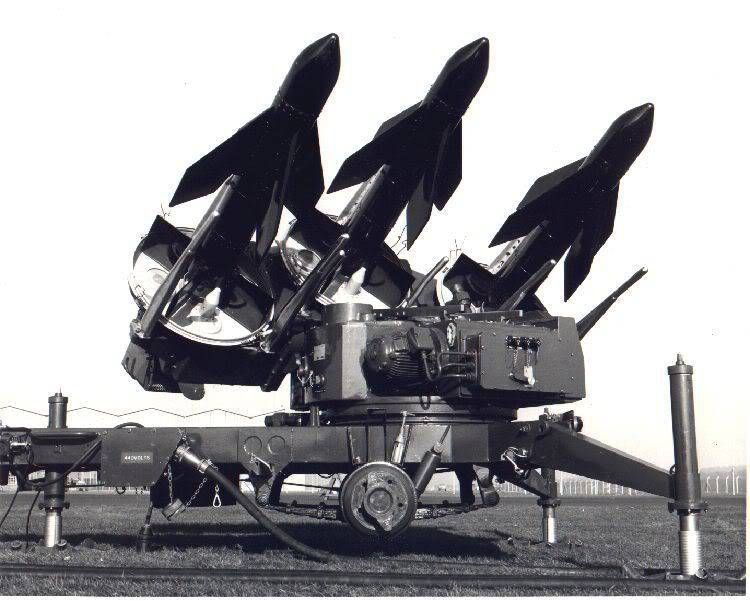
At the firing position, the post of guidance and PU were hung out on jacks without separating the wheel course and were connected to each other by cable lines. The transition from the traveling to the combat position took 15 minutes. As on the ship's air defense missile system, the loading of 68 kg of missiles on PU was carried out manually.
At the guidance post with an operator’s workplace equipped with communications and surveillance equipment, there was a set of analog computing equipment for developing guidance commands and a radio command transmission station aboard the missile.
Just as on the Sea Cat complex, the targeting operator, after visually detecting the target, carried out the “capture” and targeting of an anti-aircraft missile, after launching through a binocular optical device, controlling its flight using a joystick.
Ideally, target designation was carried out from the radar of the air situation review by VHF radio channel or by observer commands located at some distance from the position of the air defense missile system. This allowed the guidance operator to prepare in advance for launch and deploy the missile launcher in the right direction.
However, even this did not always work at the exercises, and the operator had to independently search for and identify the target, which led to a delay in opening fire. Taking into account the fact that the Taygerket missile was flying at a subsonic speed and the shooting was often carried out, the efficiency of the complex on jet warplanes by the time it was put into service in the second half of the 60's was low.
After sufficiently lengthy tests, despite the identified shortcomings, the Taygket air defense missile system was officially adopted in the UK at the end of 1967, which caused a considerable stir in the British media, warmed up in the calculation of export orders by the manufacturer.
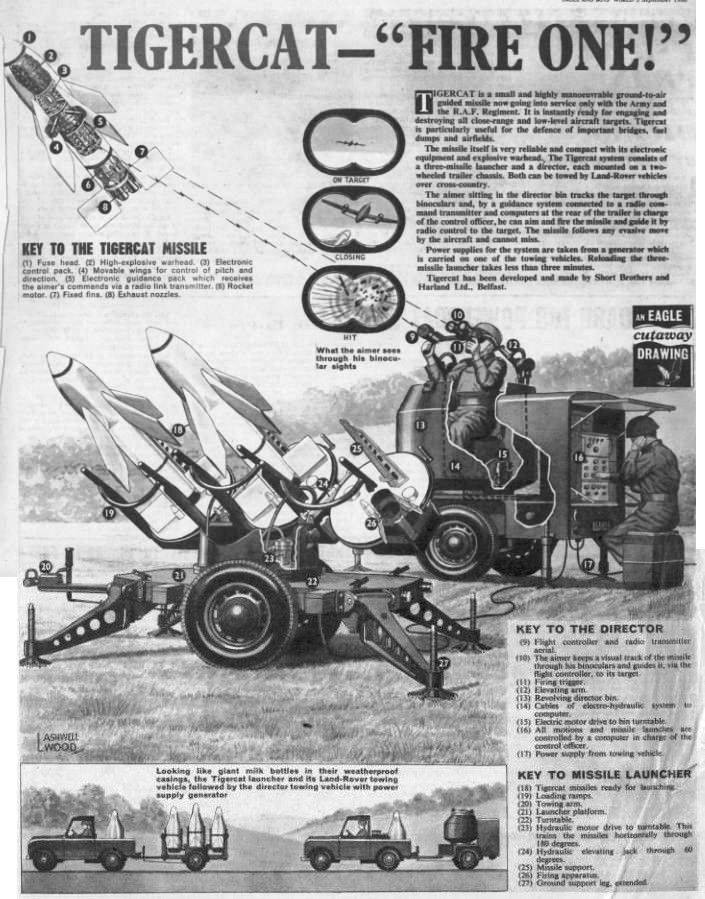
In the British armed forces, the Taygerkat complexes mainly entered anti-aircraft units that had previously been armed with the BNFOR 40-mm anti-aircraft guns.
After a number of polygon firing at radio-controlled target aircraft, the Air Force Command became rather skeptical about the capabilities of this air defense system. Defeat speed and intensely maneuvering targets was impossible. Unlike anti-aircraft guns, it could not be used at night and in poor visibility conditions.
Therefore, the age of the “Tigerket” air defense system in the British armed forces, unlike its maritime counterpart, was short. In the middle of the 70-x all the air defense systems of this type were replaced by more advanced complexes. Not even the inherent British conservatism, high mobility, air transportability and the relative low cost of equipment and anti-aircraft missiles did not help.
Despite the fact that the complex to the beginning of the 70-x is outdated and not in line with modern realities, this did not prevent the sale of deactivated weapons in the UK from the Taygatt to other countries. The first export order came from Iran in the 1966 year, even before the complex was officially accepted into service in England. In addition to Iran, "Taygerkat" acquired Argentina, Qatar, India, Zambia and South Africa.
The combat use of this air defense system was limited. In 1982, the Argentines deployed them to the Falklands. It is believed that they managed to damage one British Sea Harrier. The comic of the situation is that the complexes used by the Argentines before that were in service in the UK and after the sale were used against the former owners. However, the British marines again returned them to historical homeland, capturing several air defense systems intact.
In addition to Argentina, "Taygerkat" in a combat situation used in Iran, during the Iran-Iraq war. But there is no reliable data on the combat successes of Iranian anti-aircraft calculations. In South Africa, which is conducting military operations in Namibia and in the south of Angola, the Taygerket air defense system, which received the local designation “Hilda”, carried out air defense service for air bases and, due to real air targets, were never launched. Most of the Taygerkat air defense system was decommissioned by the start of the 90, but in Iran they remained formally in service until at least 2005.
Based on:
http://fdra-malvinas.blogspot.ru
http://rbase.new-factoria.ru
http://www.defenseindustrydaily.com
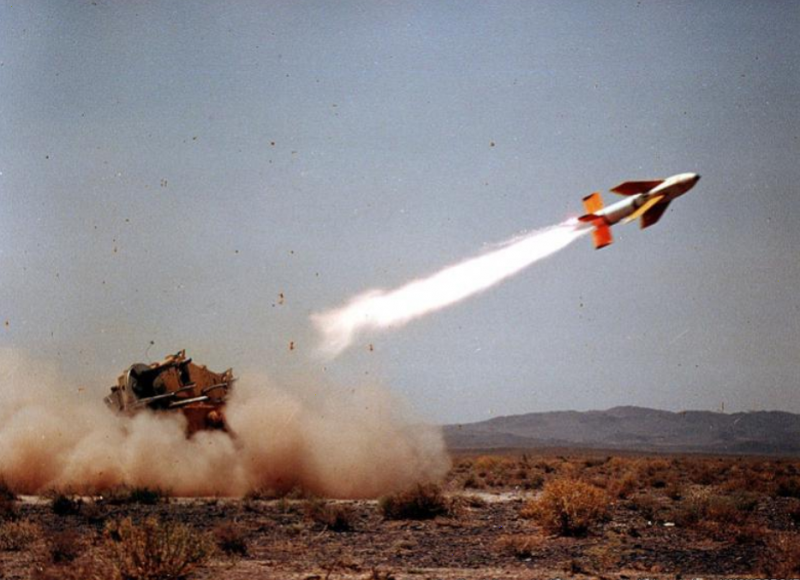
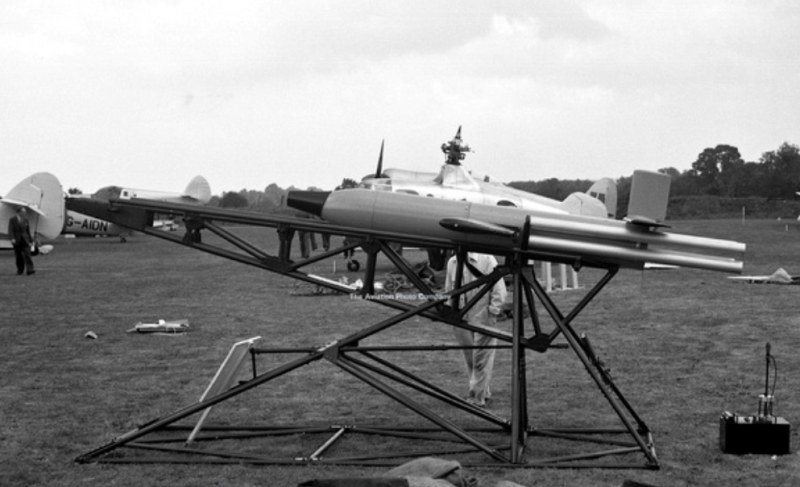
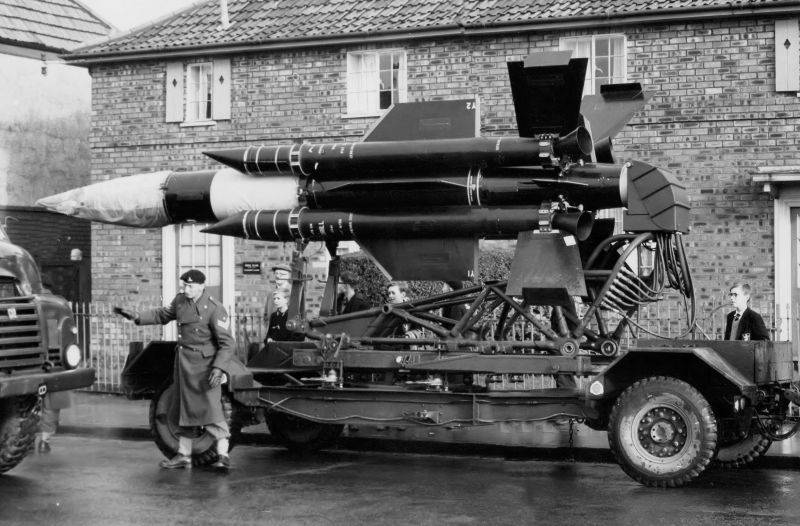
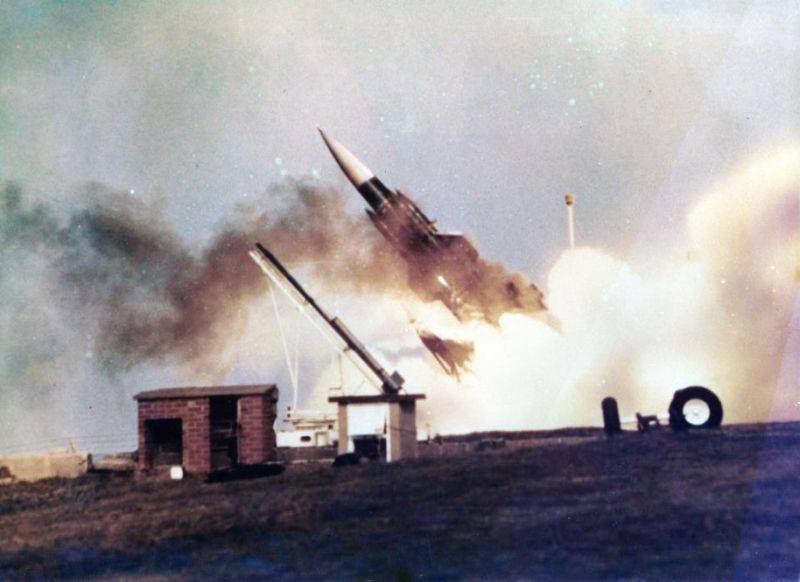
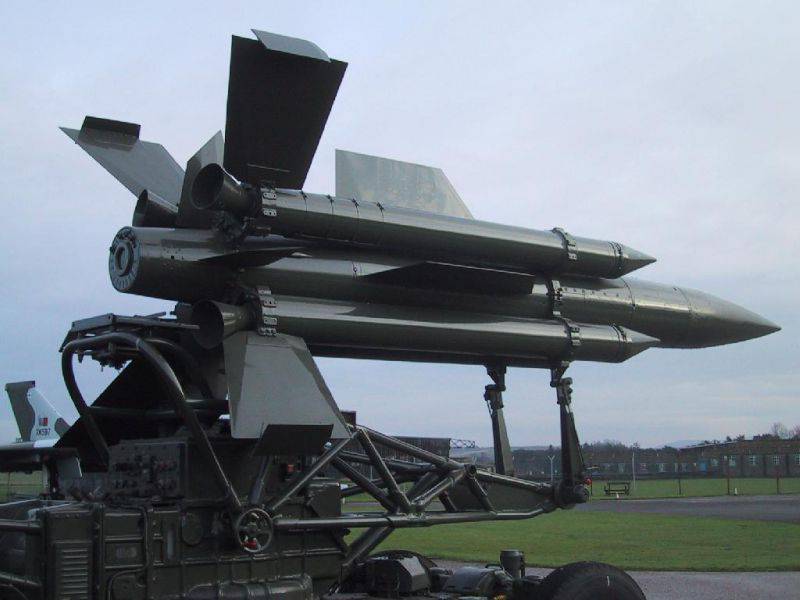
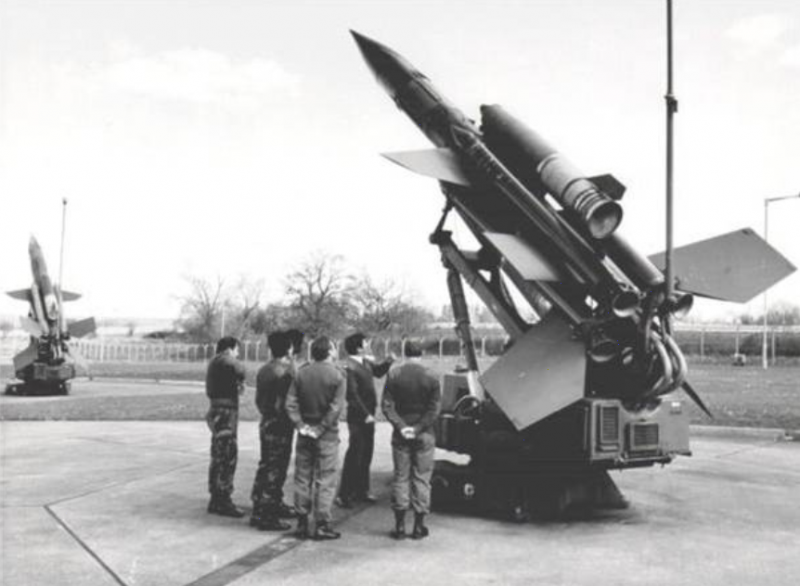
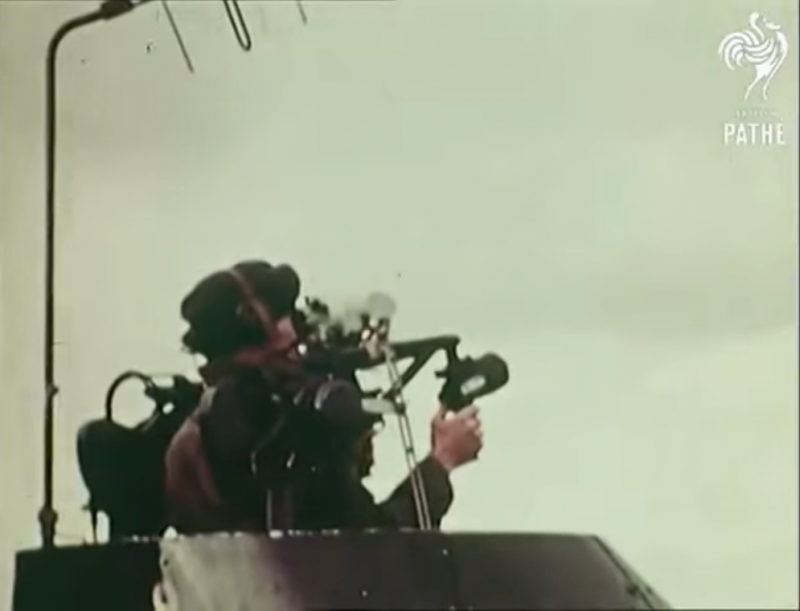
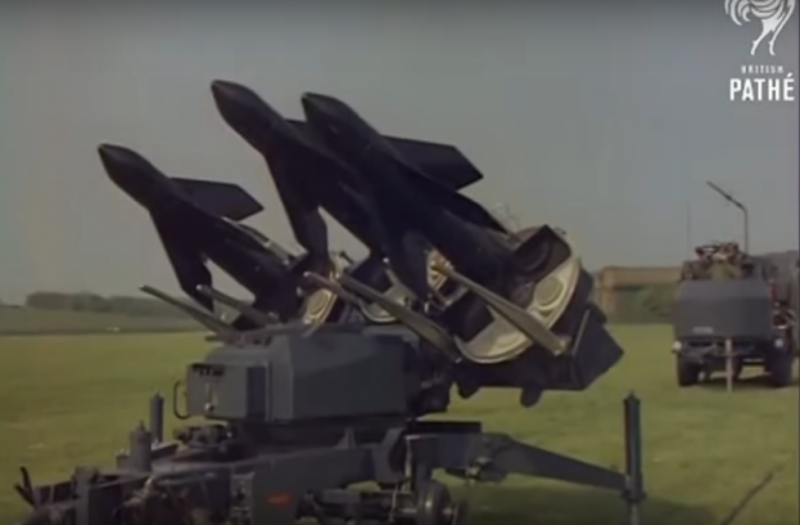
Information